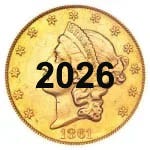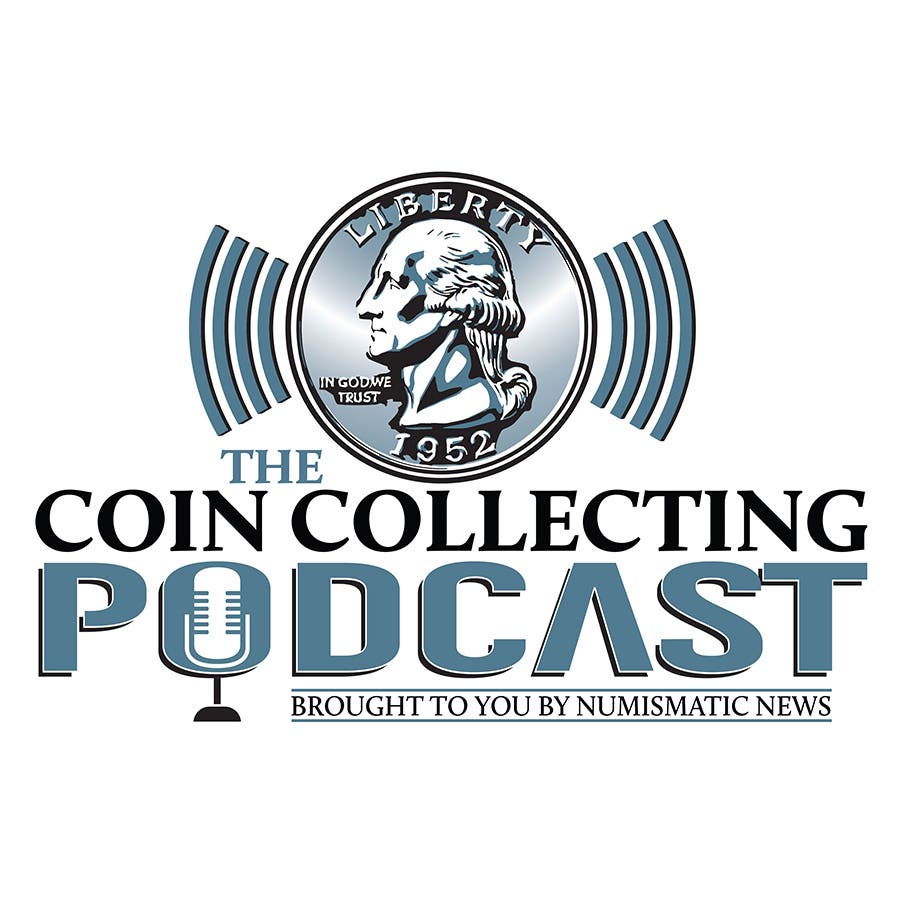Texas coin turned into ongoing series
It’s interesting that the Texas Independence Centennial half dollar was approved just prior to the real flood of commemoratives. In 1934 having a Texas half dollar probably seemed like a…
It’s interesting that the Texas Independence Centennial half dollar was approved just prior to the real flood of commemoratives. In 1934 having a Texas half dollar probably seemed like a modest proposal not unlike a number of other states that had gone before.
The design was interesting. Prepared by Pompeo Coppini. the obverse features an eagle in front of a large five-pointed star. It’s a simple but strong design. The reverse is anything but simple with a kneeling winged Victory in front of the Alamo with portraits of Sam Houston and Stephen Austin as well as “Remember the Alamo.”
Up to 1934 relatively few commemorative programs had lasted for more than a year. There had been a couple like the 1920-1921 Pilgrim Tercentenary half dollar, which had managed a second year but the only program which really seemed to be open-ended would have been the Oregon Trail Memorial, which had started in 1926 and was still going in 1934. That said, it had not seen coins produced every year so it sounds worse than it actually was at the time.
In 1934 the idea seemed to be to issue a half dollar and for as long as possible in the years that followed issue half dollars from Philadelphia, Denver and San Francisco. No commemoratives had ever been produced in such a pattern before 1934, but starting in 1934 both the Texas and Boone half dollars followed the exact same pattern. It could not have been a case of coincidence.
In terms of sales Texas was a bit more successful, starting with sales of 61,463 1934 pieces. They are the most available examples today with prices of $140 in MS-60 and $300 in MS-65.
Of course at that point everyone who wanted a Texas had one. What followed was simply designed to sell more. In 1935 the three-coin set with one coin from each mint sold about 10,000 sets. That makes the 1935 set $435 in MS-60 and $900 in MS-65.
The 1936 set had sales of about 9,000 resulting in MS-60 and MS-65 basically the same as the 1935. The 1937 set got a less enthusiastic reception as interest in commemoratives had been hurt by the large numbers in 1936, so the 1937 set sales were about 6,000 although the prices remain basically at the 1935 set levels. The final 1938 set posted sales of just 3,800 and it shows in prices of $755 in MS-60 and $1,255 in MS-65.
What we know of the commemorative market at the time suggests that the sales totals might have been somewhat deceptive. We know the Boone half dollar, which had a similar pattern, was purchased in some numbers by at least one dealer as that was common at the time. In terms of the Texas half dollar, the leading suspect for bulk purchases was a Texan, the famous B. Max Mehl. We cannot be sure how many he might have purchased from what years but it’s a pretty good bet that Mehl was offering the Texas half dollar for years afterward.
More Coin Collecting Resources:
• Subscribe to our Coin Price Guide, buy Coin Books & Coin Folders and join the NumisMaster VIP Program









